Kinesthetic learning is a style in which individuals learn best through physical activities rather than sitting through lectures or watching demonstrations. Engaging in activities helps kinesthetic learners grasp concepts more effectively and enhances their ability to retain and apply the information.
Math & ELA | PreK To Grade 5
Kids see fun.
You see real learning outcomes.
Watch your kids fall in love with math & reading through our scientifically designed curriculum.
Parents, try for free Teachers, use for free
This approach is crucial for those who thrive on movement and hands-on experiences. In this blog, we explore a variety of activities for kinesthetic learners, offering practical ways for educators and parents to support their educational journey.
12 Best Activities for Kinesthetic Learners
1. Online Aiming and Precision Games
Online aiming and precision games challenge kids to target and hit specific objects on the screen using a mouse or touchscreen. These games require players to carefully aim and time their actions to pop balloons, dunk balls, feed bins with recyclable items, or toss fruits into moving baskets.
Enhancing hand-eye coordination and fine motor skills, these kinesthetic activities for preschoolers also foster quick decision-making and improve concentration as players must judge distances and angles to make precise movements.
Who is it for: Ages 3-6
Here are some fun aiming and precision games:
2. Online Finger Movement Games
Online finger movement games require players to use their fingers to interact with virtual elements on a screen. Players might trace shapes, manage a virtual garage, or stack buildings to create a cityscape.
These games help develop fine motor skills and hand-eye coordination, as players must use precise finger movements to succeed.
Who is it for: Ages 2-11
Here are some fun finger movement games:
Related Reading: Best Fine Motor Activities For Preschoolers
3. Character Relay
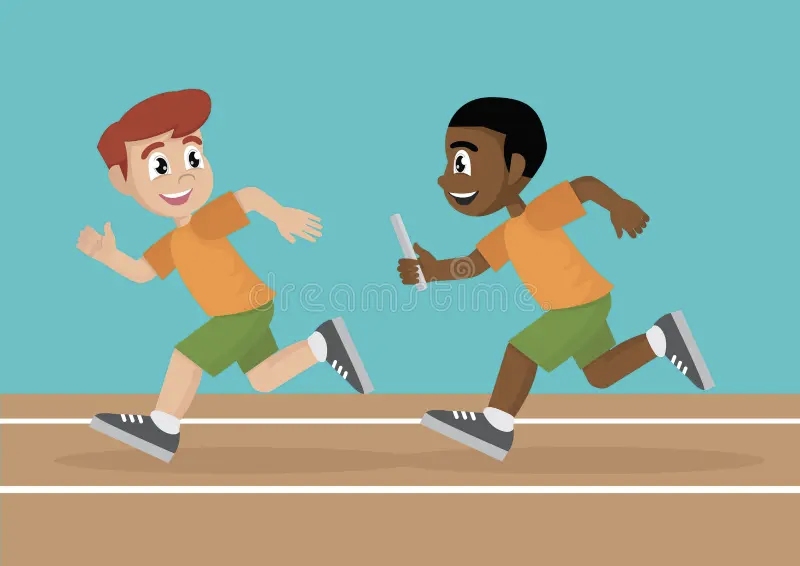
In the character relay, students participate in a relay race where they must read a passage or a series of clues about a character from a book they are studying at each checkpoint. After reading, they perform a quick activity or answer a question about the character before moving to the next station. This is one of the best kinesthetic reading activities that helps improve reading comprehension and engagement by combining physical activity with critical thinking about the text.
Who is it for: Ages 8-14
Related Reading: Best Reading Comprehension Activities for Kids
4. Human Knot
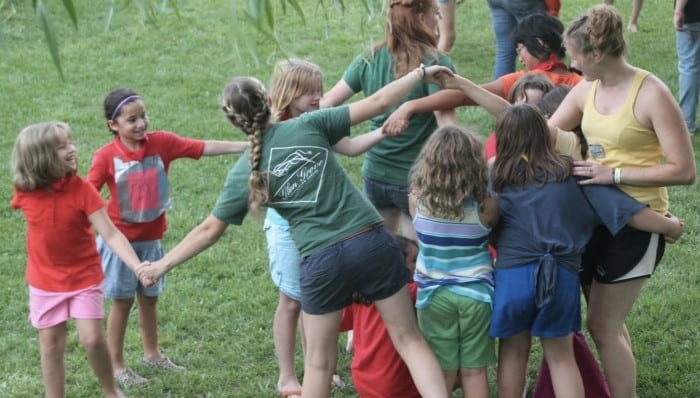
In this group activity, students stand in a circle, and each person grabs hands with someone across the circle. The challenge is to untangle the group without letting go of each other’s hands. This activity promotes teamwork and physical coordination, making it a must-include in your list of learning activities for kinesthetic learners.
Who is it for: Ages 10 and up
5. Body Spelling
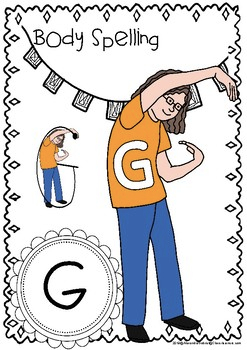
Students use their bodies to form letters and spell words on the ground or in the air. This can be done individually for shorter words or in groups for longer words. It’s a dynamic way to engage with spelling and encourages learners to connect physical movement with academic skills, embodying the principles of kinesthetic teaching activities.
Who is it for: Ages 6-14
Related Reading: Best Spelling Games for Kids
6. Nature Walks with Task Cards
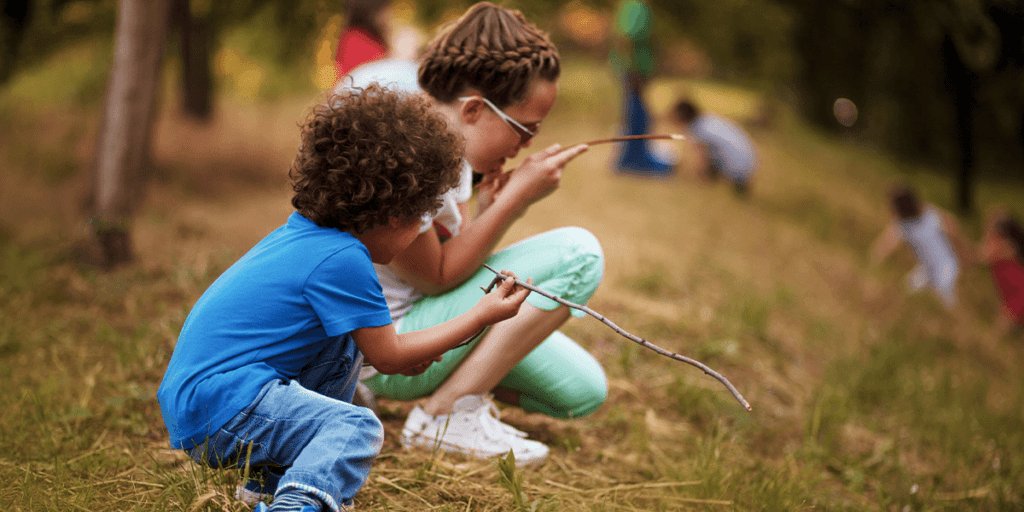
This activity takes learning outside. Students go on a walk and at various checkpoints, they must complete tasks like finding specific types of leaves, hopping on one foot, or drawing natural objects they observe. This method not only teaches about nature but also integrates physical activity into learning, making it ideal for activities for kinaesthetic learners.
Who is it for: Ages 5-15
7. Dance Math
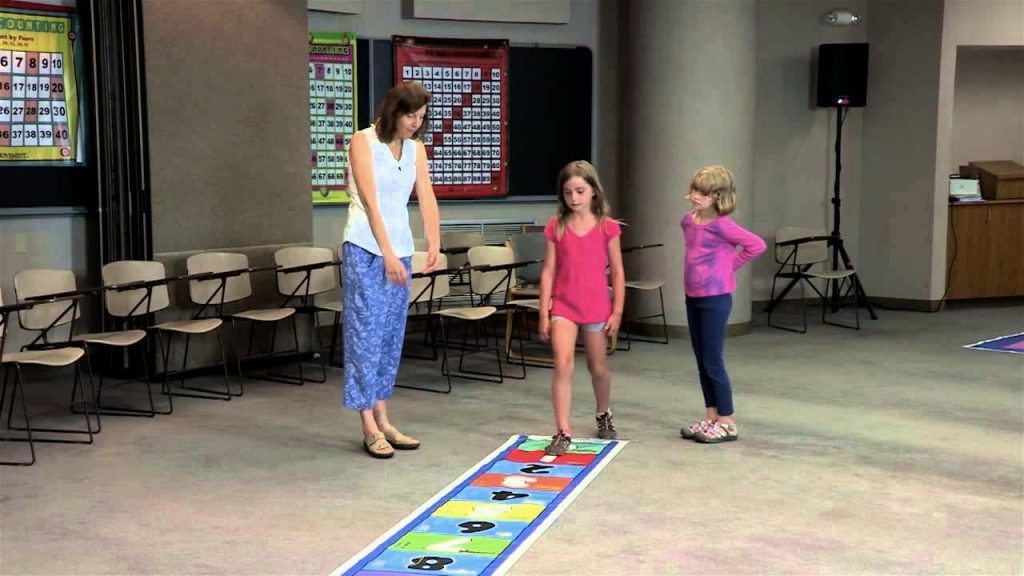
If you are looking for kinesthetic activities for math class, dance math is the best option. It combines physical movement with mathematics. Students perform specific dance moves to solve math problems, such as using dance steps to represent multiplication or addition. This engaging method helps students visualize and physically experience mathematical concepts.
Who is it for: Ages 7-14
Related Reading: Best Outdoor Math Activities That Make Learning Fun
8. Sculpture Challenge
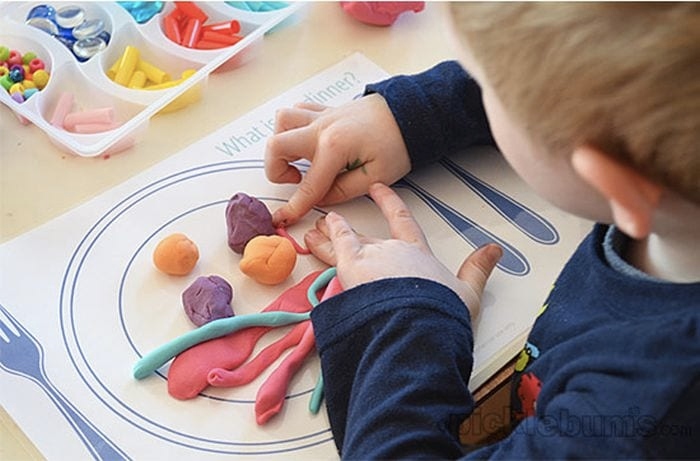
In the sculpture challenge, students use materials like clay or playdough to create three-dimensional models of vocabulary words or scientific concepts. If you are looking for hands-on kinesthetic classroom activities that enhance understanding by allowing students to shape and explore abstract ideas physically, this is a must-try.
Who is it for: Ages 8-16
9. Obstacle Course of History
The obstacle course of history involves creating a physical course where each obstacle or station is themed around a significant historical event or figure. Students complete tasks or answer questions at each station to move forward. This active learning method helps students remember historical facts by physically engaging with the material.
Who is it for: Ages 10-16
Related Reading: Best Active Learning Strategies for Kids in the Classroom
10. Rhythm and Rhyme
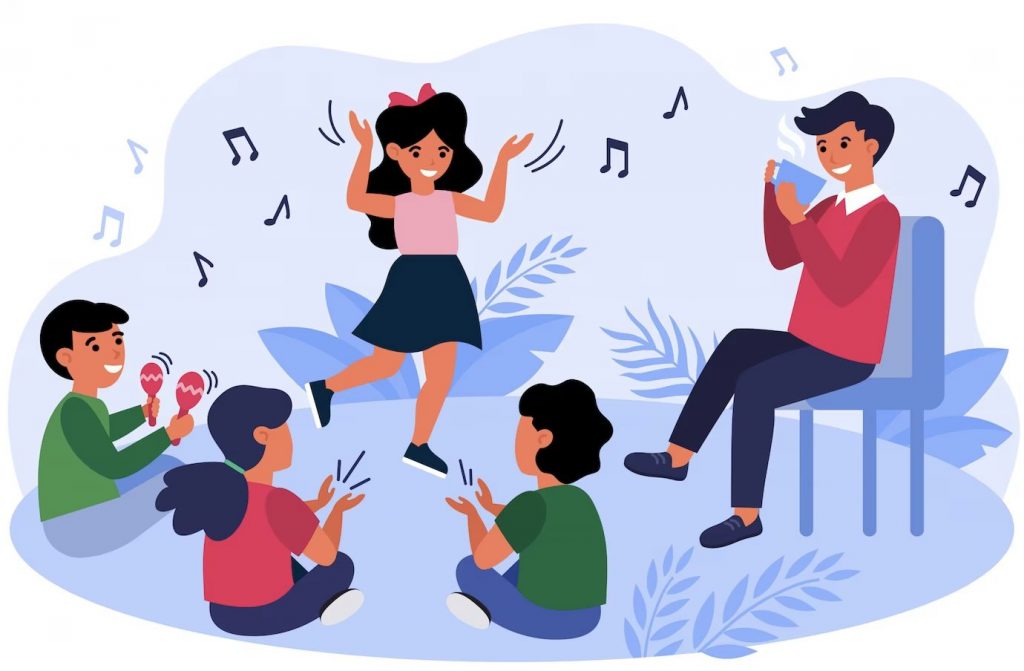
In rhythm and rhyme, students create rhymes or raps about academic content and perform them with synchronized movements or claps. This approach combines auditory and kinesthetic learning, making it easier for students to memorize and recall information through rhythmic repetition.
Who is it for: Ages 7-14
11. Role-play Debate
This activity has students embody characters from history, literature, or current events and engage in debates expressing those characters’ perspectives. By incorporating physical and emotional expression into the learning process, it enhances understanding of diverse viewpoints and deepens engagement.
Who is it for: Ages 12-18
Related Reading: Interesting Debate Topics for Kids of All Ages & Grades
12. Interactive Murals
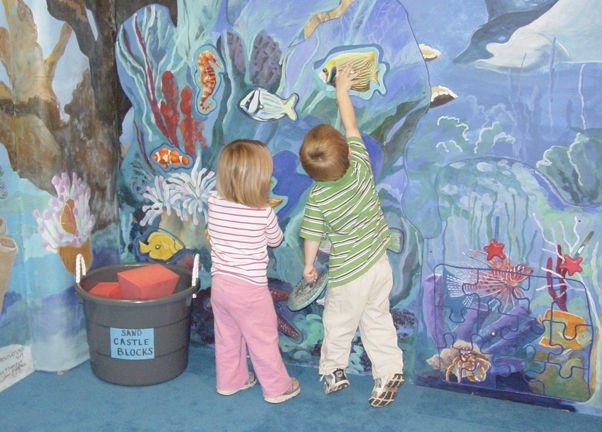
Interactive murals involve students creating a large mural related to their current studies. This project is collaborative and tactile, with students painting and attaching materials that symbolize different aspects of the subject matter. It encourages creativity and helps students visualize and connect with the topic on a larger scale.
Who is it for: Ages 8-16
5 Benefits of Kinesthetic Learning for Kids
- Kinesthetic learning, which involves physical activity, helps children remember information better. When they engage their bodies in the learning process, the physical movement helps to cement the information in their memory.
- Activities requiring movement, such as building, crafting, or playing motion-based games, develop children’s fine and gross motor skills. These skills are crucial for daily tasks and overall physical development.
- Kinesthetic learning keeps children active and involved, making staying focused and interested in the subject easier. This especially benefits kids struggling with attention in more traditional learning environments.
- Kinesthetic learners can more easily understand complex ideas by physically interacting with materials and concepts. Physical activities make abstract concepts tangible, aiding in deeper comprehension.
- Activities for kinesthetic learners integrate movement into learning activities, encouraging a healthy, active lifestyle. This improves physical health and enhances cognitive function, helping kids perform better academically.
Conclusion
In conclusion, using activities for kinesthetic learners helps them learn better because they can move and do things with their hands. Try these activities to see how they can help learners succeed.
Frequently Asked Questions (FAQs)
What are outdoor activities for kinesthetic learners?
Outdoor activities for kinesthetic learners include nature walks, scavenger hunts, and gardening projects. These activities allow them to explore and learn through direct physical interaction with their environment.
What are some kinesthetic vocabulary activities?
Kinesthetic vocabulary activities can involve word relays, where students physically move to collect words, or creating word models with clay or craft materials. These methods help solidify new vocabulary through active participation.
What are kinesthetic intelligence activities?
Activities that boost kinesthetic intelligence include dance routines that require memorizing steps, sports that involve strategy and physical coordination, and drama exercises that involve body movements and spatial awareness. These activities enhance physical learning and problem-solving skills.
































